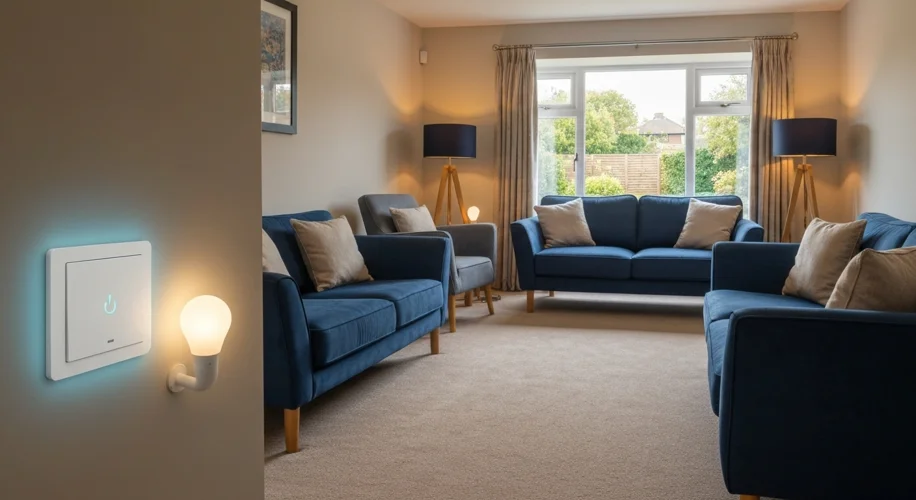So, you’ve decided to bring your home into the 21st century with smart switches. Exciting stuff! I love how a little bit of tech can make everyday life smoother, much like a well-tended garden makes cooking a joy. But, as many of you have probably discovered, especially if you’re in an older home, getting those smart switches installed can sometimes feel more like a wrestling match than a simple upgrade.
One of the most common hurdles, particularly in homes built before the widespread adoption of modern electrical standards, is the infamous “missing neutral wire.” For a smart switch to work its magic, it usually needs a neutral wire to complete the circuit and stay powered even when the light switch is off. If your switch box doesn’t have one readily available, the smart switch simply won’t turn on. It’s like planting a seed but forgetting to water it – no growth!
Another quirk in older homes can be unreliable grounding. While not always a deal-breaker for every smart switch, a poor ground can lead to inconsistent performance or even safety concerns. It’s a reminder that even the most advanced tech needs a solid foundation.
What are our options when faced with these wiring challenges? Don’t despair! We’re resourceful, whether we’re coaxing a stubborn tomato plant or troubleshooting our home’s electrical.
Option 1: Smart Bulbs to the Rescue
This is often the easiest workaround. Instead of replacing the switch itself, you simply swap out your old light bulbs for smart bulbs. These bulbs have the smarts built right in. You can control them via an app or voice commands, dim them, change their color, and set schedules – all without needing to rewire your switch box. You just leave your existing wall switch in the “on” position, and the smart bulb handles the rest.
Option 2: Using a Smart Plug with Existing Fixtures
For lamps or certain plug-in fixtures, a smart plug can be your best friend. You plug the lamp into the smart plug, and then plug the smart plug into the wall outlet. You can then control the smart plug via your phone or voice assistant. This completely bypasses your existing light switch, offering a simple and effective way to make non-smart lamps smart.
Option 3: Exploring Bypass or No-Neutral Switches
For the more adventurous DIYer, or if you’re determined to have a smart switch, there are switches designed to work without a neutral wire. These often rely on a small amount of power drawn through the light bulb itself. However, they can sometimes cause lights to flicker, especially with LED bulbs, as they might require a minimum load. Always read the manufacturer’s specifications carefully and ensure you understand the installation requirements. If you’re unsure about any part of the process, it’s always best to consult a qualified electrician.
Installing smart switches can sometimes feel like untangling a stubborn vine, but with a little know-how and the right approach, you can get your smart home humming. Remember, a little patience and the right tools – or even just the right bulbs – can go a long way!

